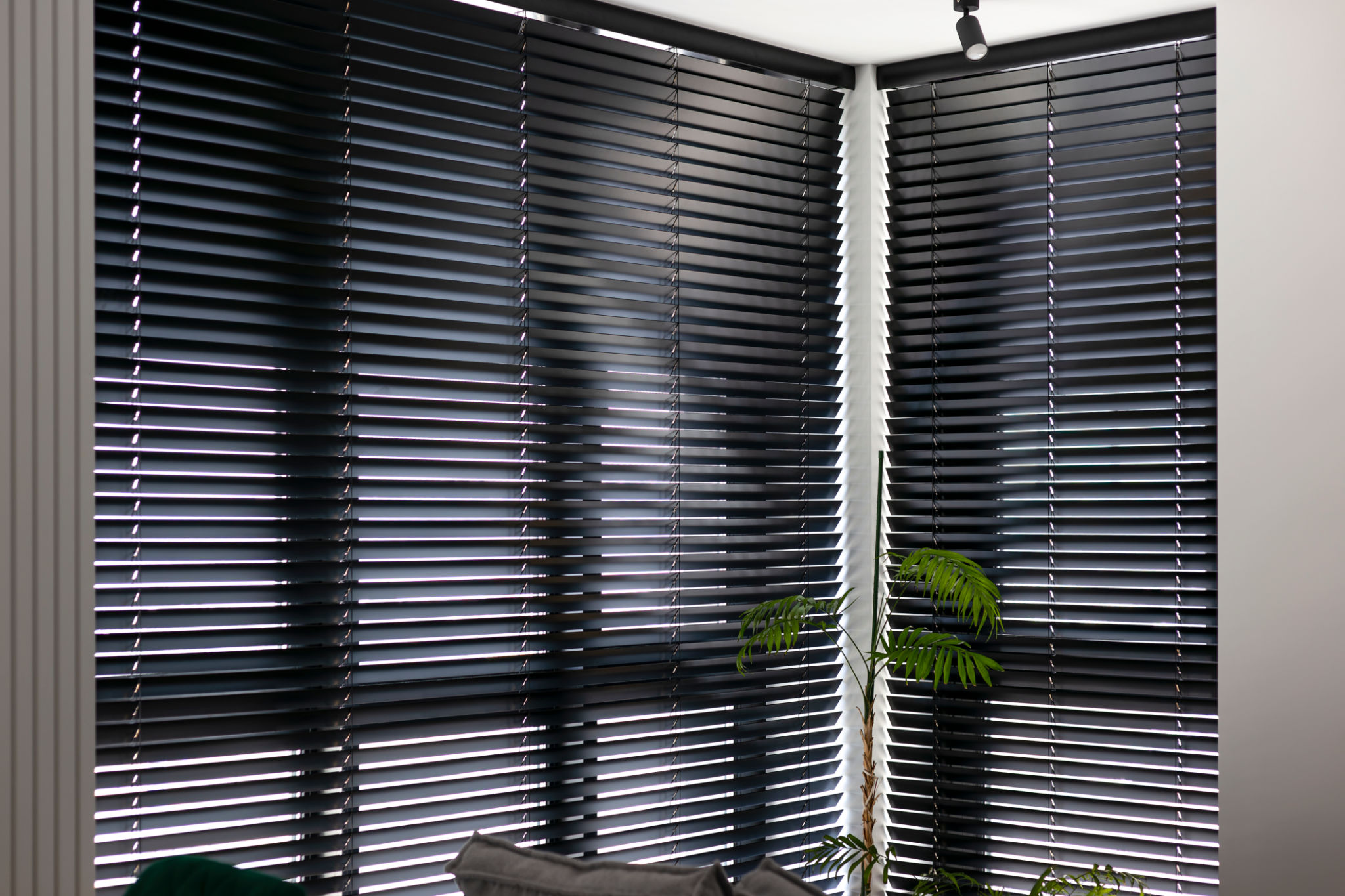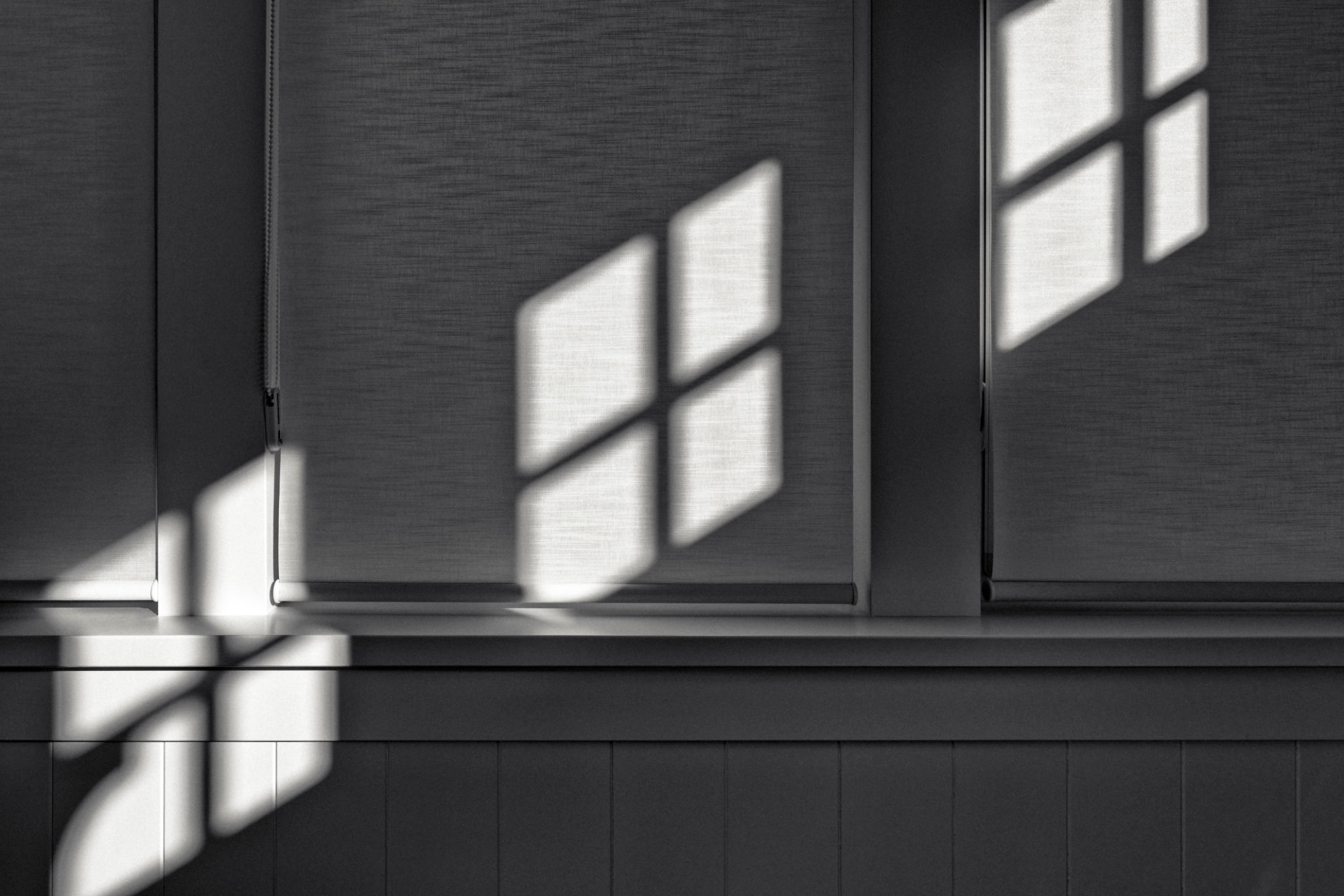Comparing Smart Blinds vs. Traditional Blinds: Which is Right for You?
Understanding Smart Blinds
Smart blinds are an innovative addition to modern home automation systems. These blinds can be controlled remotely via smartphone apps, voice commands, or integrated home systems. They offer the convenience of adjusting the natural light in your home without having to physically interact with them. Furthermore, many smart blinds come with programmable settings, allowing you to automate their operation based on the time of day or your personal preferences.
One of the key advantages of smart blinds is their energy efficiency. By automating when your blinds open and close, you can optimize your home's heating and cooling systems, potentially reducing your energy bills. They also provide enhanced security by mimicking occupancy even when you're away, deterring potential intruders.

Exploring Traditional Blinds
Traditional blinds have been a staple in homes for decades. They are typically operated manually via cords or wands, offering a straightforward and often less costly solution for window coverings. These blinds come in a wide range of materials, including wood, metal, and fabric, giving homeowners numerous style options to match their decor.
While traditional blinds might lack the technological features of their smart counterparts, they still offer essential functions like privacy control and light filtration. They are also generally easier to install and don't require any technical setup, making them a popular choice for those who prefer simplicity.

Cost Considerations
When it comes to cost, traditional blinds usually have the upper hand. They are often less expensive upfront than smart blinds. However, it's important to consider the long-term value that smart blinds could bring through energy savings and added security features.
Smart blinds represent an investment in technology and convenience. While their initial purchase price might be higher, the potential savings on energy bills and increased home security can make them a worthwhile expense over time.

Installation and Integration
Installing smart blinds can be more complex than traditional ones, often requiring professional assistance or a bit of DIY savvy. They need to be connected to your home's Wi-Fi network and possibly integrated with other smart home devices for optimal performance.
On the other hand, traditional blinds are generally easier and quicker to install. For those not comfortable with technology or who prefer a simpler setup, traditional blinds might be the more appealing option.
Which is Right for You?
The decision between smart and traditional blinds ultimately depends on your lifestyle and priorities. If you value convenience, energy efficiency, and advanced features, smart blinds could be a fantastic addition to your home. Their ability to integrate with your smart home ecosystem can provide a seamless experience.
If you prefer simplicity, a lower upfront cost, and classic designs, traditional blinds are likely the better choice. They offer tried-and-true functionality without the need for technological integration.

Final Thoughts
Both smart and traditional blinds have their unique benefits and drawbacks. It's essential to assess what matters most to you in terms of functionality, cost, and ease of use. Whether you opt for the high-tech features of smart blinds or the dependable nature of traditional ones, both options can enhance your home's comfort and style.
Consider your current needs and future plans when making your choice. Investing in the right type of blinds can greatly improve your living experience and add value to your home.
